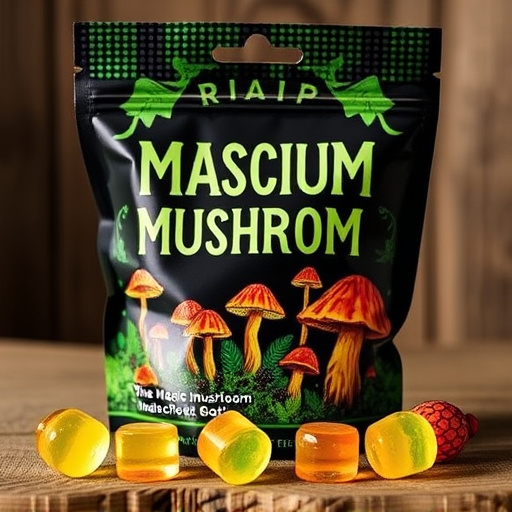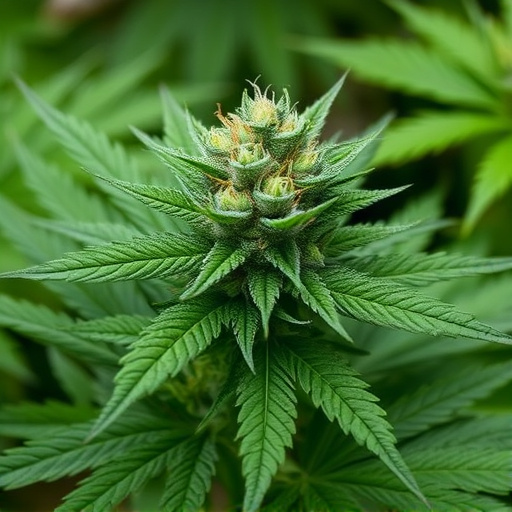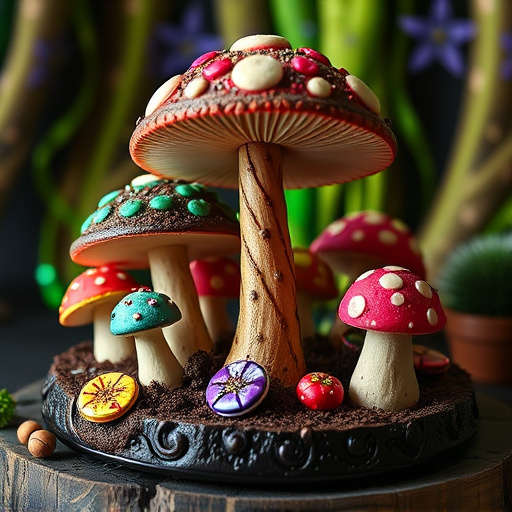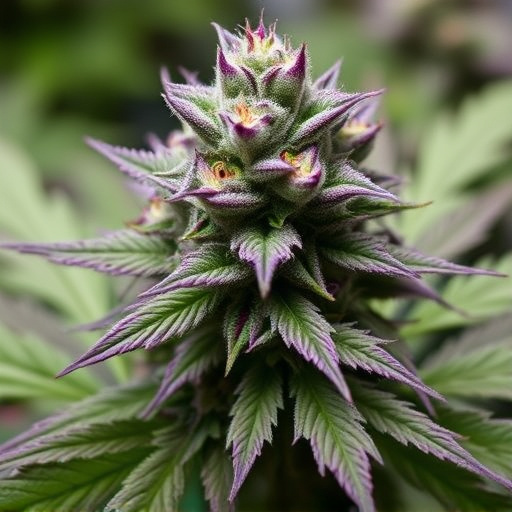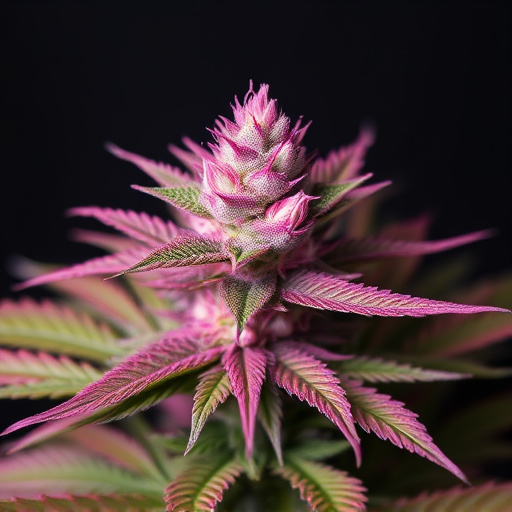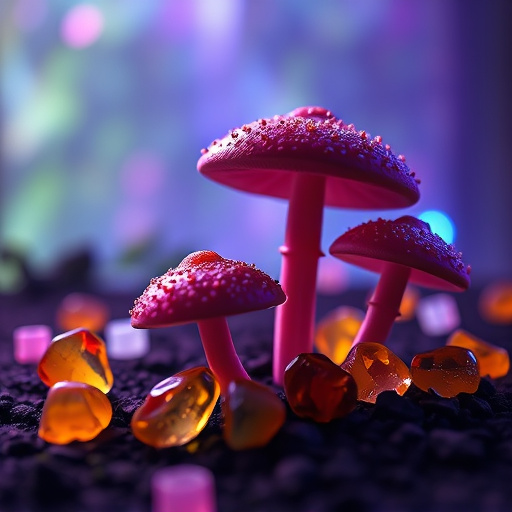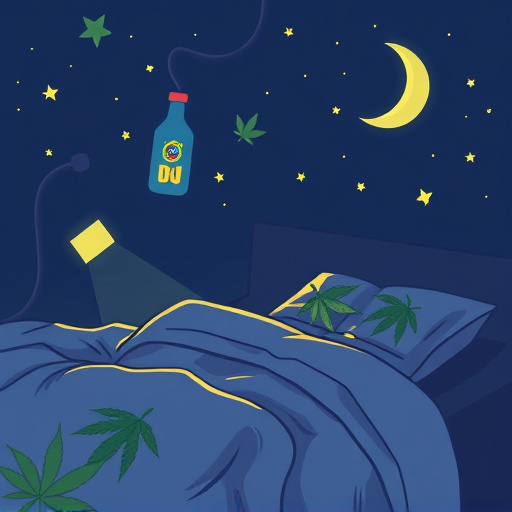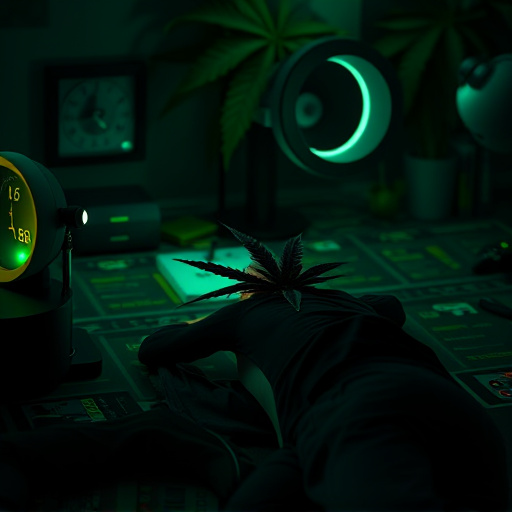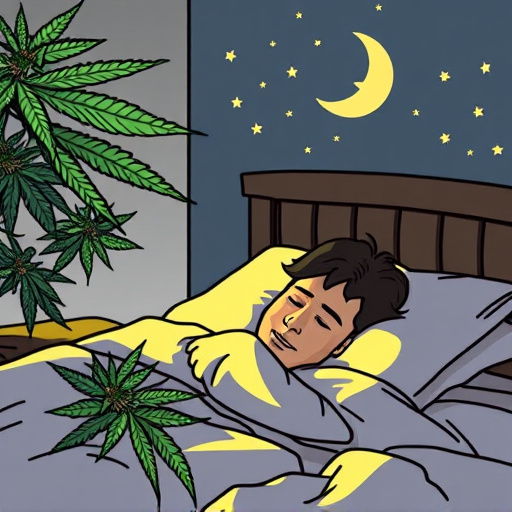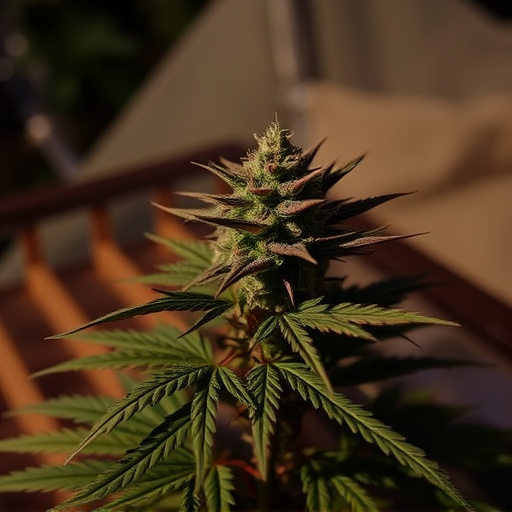The color transformation of cannabis flowers from green to vibrant hues like yellow, orange, and red signifies a complex breakdown of chlorophyll, revealing hidden pigments crucial for strain maturity. Environmental factors such as temperature, sunlight, and nutrient availability greatly influence these colors, which directly correlate with cannabis strains' therapeutic potential, particularly for insomnia relief. Strains designed for insomnia display distinct visual characteristics including deep purples, blues, and greens, often with white or amber hairs, influenced by cannabinoids and terpenes like Myrcene. This visual diversity offers a wide range of cannabis strains tailored to different preferences and potential therapeutic advantages for sleep aid.
Discover the captivating transformation of cannabis flowers as they change color, a process driven by intricate biochemical mechanisms. This article explores the pivotal role of chlorophyll and other pigments in determining cannabis strain pigmentation. We delve into environmental factors influencing these vibrant hues and highlight specific cannabis strains for insomnia, examining their unique appearances and potential therapeutic effects based on their pigment profiles.
- The Role of Chlorophyll and Other Pigments in Cannabis Flower Color
- Environmental Factors Influencing Cannabis Strain Pigmentation
- How Different Cannabis Strains for Insomnia Look and Their Potential Effects
The Role of Chlorophyll and Other Pigments in Cannabis Flower Color

Cannabis flowers undergo a remarkable transformation as they mature, and their color change is a result of the interplay between various pigments. Chlorophyll, commonly known for its green coloration in plants, plays a significant role in this process. During the early stages of flower development, cannabis strains for insomnia exhibit vibrant greens due to high chlorophyll levels. However, as the flowers age, chlorophyll breaks down, revealing other pigments that were previously masked.
These hidden pigments include carotenoids and anthocyanins. Carotenoids contribute to the yellow and orange hues often seen in mature cannabis flowers, while anthocyanins are responsible for the red and purple shades. The color shift is not just aesthetic; it signals physiological changes within the plant. As chlorophyll degrades, the flower’s metabolism shifts, preparing it for eventual harvest and ensuring that cannabis strains for insomnia maintain their unique visual appeal and potential therapeutic benefits.
Environmental Factors Influencing Cannabis Strain Pigmentation

The pigmentation of cannabis flowers is a fascinating aspect influenced by various environmental factors. These factors play a significant role in determining the vibrant hues that set different cannabis strains apart, including those sought after for their potential to alleviate insomnia. Environmental conditions such as temperature, sunlight exposure, and nutrient availability can all contribute to variations in color. For instance, cooler temperatures during the growing period often result in richer, deeper colors, while warmer climates may produce lighter shades. Sunlight intensity is another critical variable; cannabis plants exposed to more direct sunlight tend to develop brighter, more intense pigments.
In addition, specific nutrients in the growing medium can enhance or alter flower coloration. Different strains have varying requirements for essential elements like nitrogen, phosphorus, and potassium, which, when balanced correctly, can lead to optimal pigment expression. For cannabis strains intended for insomnia relief, understanding these environmental influences is crucial as it ensures growers can cultivate flowers with desirable traits, including the potential for more vibrant colors that may also indicate higher levels of therapeutic compounds beneficial for sleep aid.
How Different Cannabis Strains for Insomnia Look and Their Potential Effects
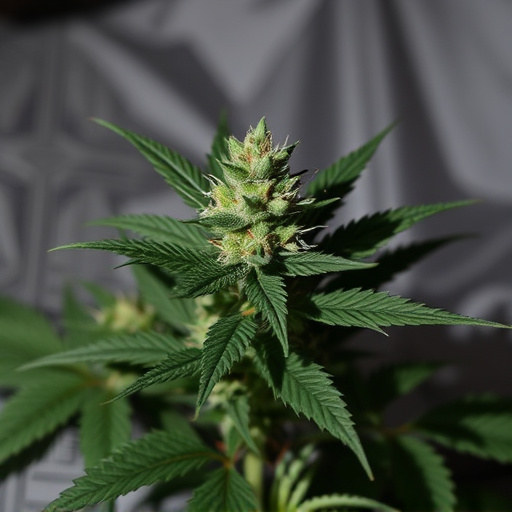
Cannabis strains specifically bred for insomnia often exhibit a unique visual appeal, with varied colors and textures that can provide a glimpse into their potential effects. These strains typically have a calming and sedative profile, aiming to induce relaxation and promote sleep. Visually, they might feature deep, rich hues of purple, blue, or green, sometimes with a dusting of white or amber hairs. The change in color is often due to the presence of various cannabinoids and terpenes, which contribute to both the strain’s appearance and its therapeutic properties.
For instance, strains high in Myrcene, a terpene known for its soothing and sedative qualities, tend to have earthy, floral notes and can appear more vibrant or intense in color. Conversely, higher levels of Cannabidiol (CBD), which is non-intoxicating but has anxiety-reducing properties, may result in strains with lighter, more muted tones. The visual diversity reflects the intricate interplay between different cannabinoids and terpenes, offering a diverse range of cannabis strains for insomnia that cater to various preferences and potential therapeutic benefits.
Cannabis flower color changes are a fascinating result of the interplay between chlorophyll, carotenoids, and anthocyanins, influenced by environmental factors. These pigments not only contribute to the visual appeal but also play a role in the potential therapeutic effects, such as those sought by users of cannabis strains for insomnia. Understanding these variations can help cultivators and consumers alike appreciate the diverse properties of different cannabis strains, enhancing their overall experience.

